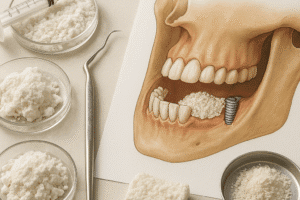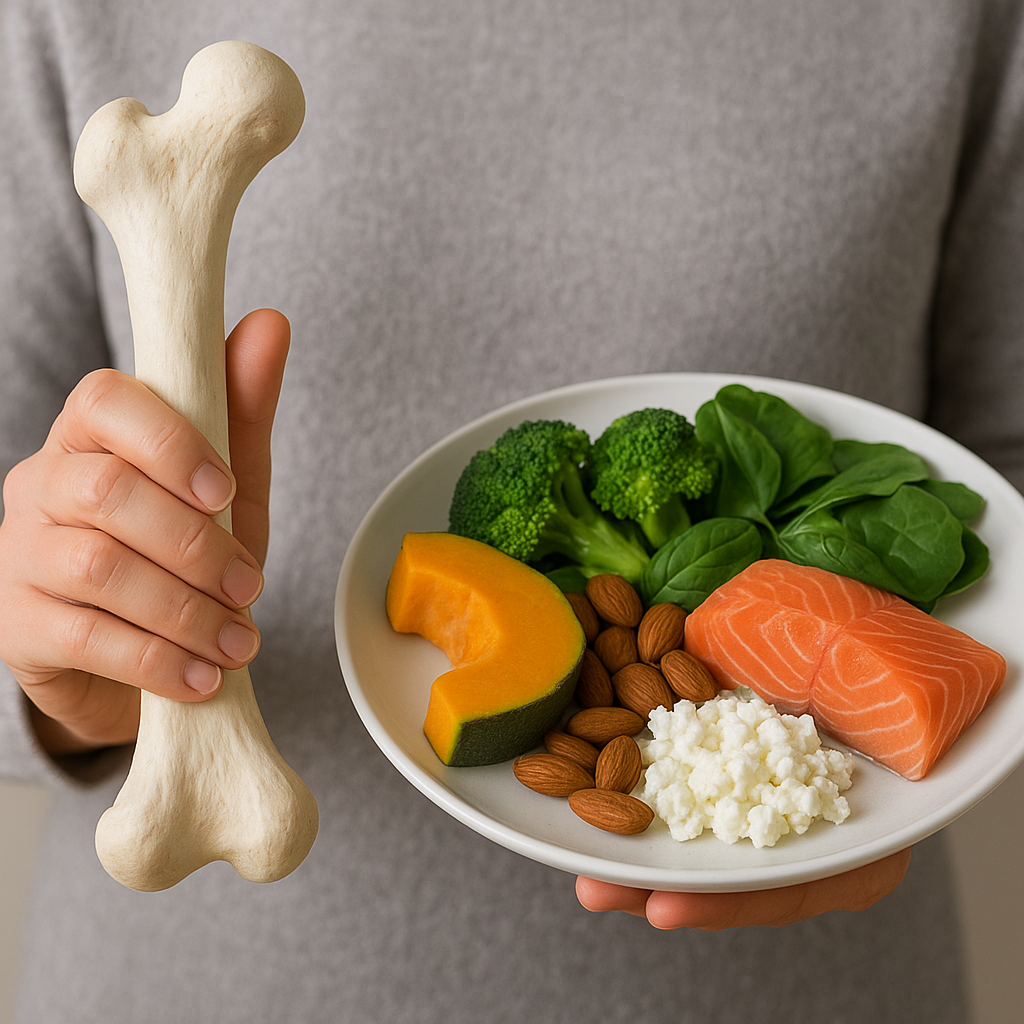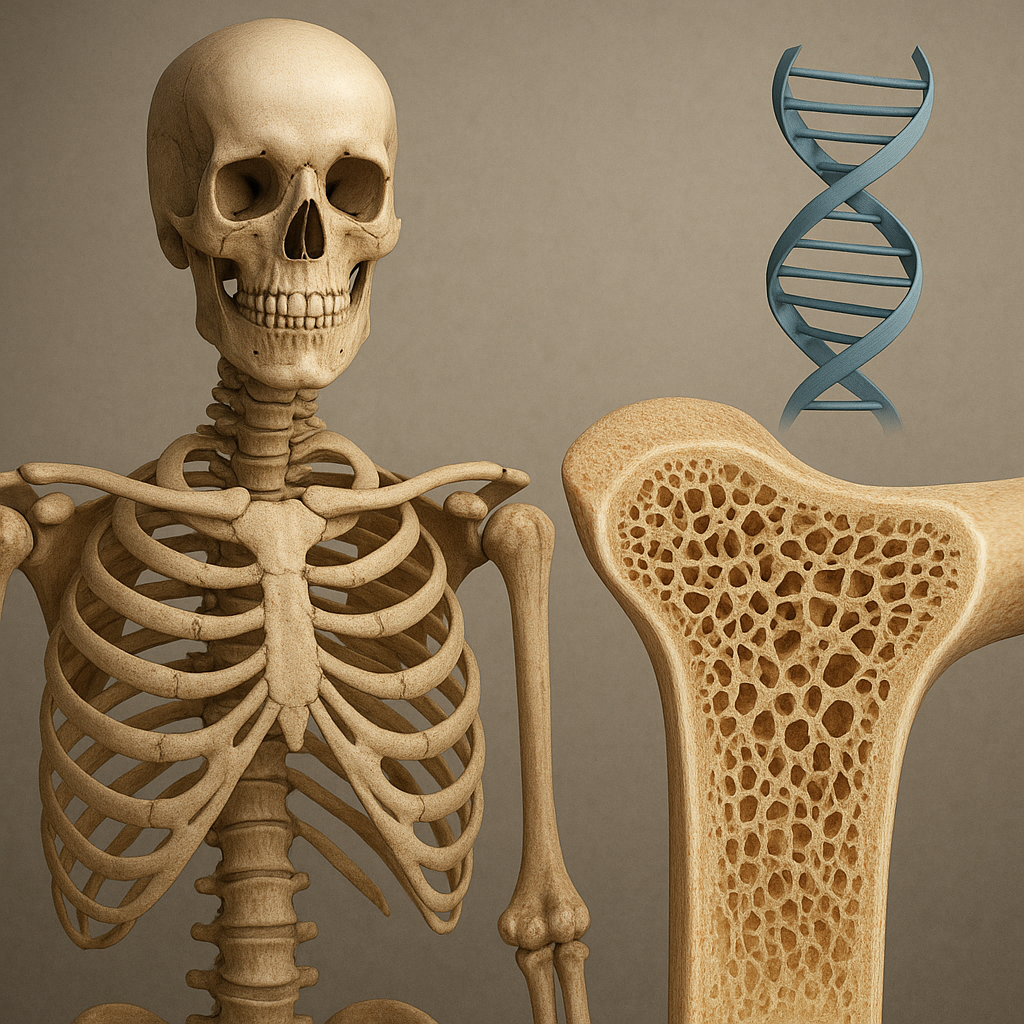The cultural significance of bones in rituals and traditions is a profound aspect of human history that reflects our relationship with life, death, and the spiritual world. Throughout various cultures, bones have been revered, feared, and utilized in numerous ways, serving as powerful symbols that connect the living with the deceased. This article explores the multifaceted roles that bones play in rituals and traditions across different societies, highlighting their importance in understanding cultural beliefs and practices.
Historical Context of Bones in Cultural Practices
From ancient civilizations to contemporary societies, bones have held a significant place in cultural practices. Archaeological findings reveal that bones were often used in burial rites, symbolizing the transition from life to death. In many cultures, the treatment of bones reflects the beliefs surrounding the afterlife and the respect afforded to ancestors.
Burial Practices and Ancestor Worship
In numerous cultures, the way bones are treated after death is a crucial aspect of burial practices. For instance, in many Indigenous cultures, bones are not merely remnants of the deceased but are considered sacred. The practice of ancestor worship often involves the careful handling and preservation of bones, which are believed to house the spirit of the deceased. This reverence is evident in the elaborate burial rituals that include the placement of bones in specific orientations, the inclusion of personal items, and the performance of rites to honor the dead.
- Example from Ancient Egypt: The ancient Egyptians believed in the afterlife, and the preservation of bones through mummification was essential for ensuring a safe passage to the next world. The bones of the deceased were treated with great care, often adorned with amulets and placed in elaborate tombs.
- Example from Indigenous Cultures: Many Indigenous cultures in North America practice rituals that involve the careful handling of bones. The bones of ancestors are often kept in sacred spaces, and rituals are performed to honor their memory and seek guidance.
Symbolism of Bones in Rituals
Bones often symbolize strength, endurance, and the cycle of life and death. In various cultures, they are used in rituals to invoke protection, healing, and connection to the spiritual realm. For example, in some African traditions, bones are used in divination practices, where they are cast to reveal insights about the future or to communicate with ancestors.
- Divination Practices: In many African cultures, bones are used in rituals to connect with the spiritual world. The way bones land when cast can provide insights into the questions posed by the living.
- Healing Rituals: In some cultures, bones are believed to possess healing properties. Rituals involving bones may be performed to cure ailments or to protect individuals from harm.
Modern Interpretations and Practices
In contemporary society, the significance of bones in rituals and traditions continues to evolve. While some practices have remained unchanged, others have adapted to modern beliefs and values. The use of bones in art, fashion, and spirituality reflects a growing interest in ancestral connections and the exploration of mortality.
Bones in Art and Fashion
The aesthetic appeal of bones has led to their incorporation into various forms of art and fashion. Artists and designers often use bones as a medium to explore themes of mortality, identity, and the human experience. This trend can be seen in jewelry, sculptures, and even fashion collections that celebrate the beauty and fragility of life.
- Artistic Expression: Many contemporary artists use bones in their work to challenge perceptions of death and to provoke thought about the human condition. This can be seen in installations that incorporate animal bones or human skeletal remains.
- Fashion Statements: Bone-inspired jewelry and accessories have gained popularity, often symbolizing a connection to nature and the cycle of life. These pieces can serve as reminders of mortality and the beauty of existence.
Spiritual Practices and New Age Beliefs
In the realm of spirituality, bones are often viewed as conduits for energy and connection to the past. New Age practices frequently incorporate bones in rituals aimed at healing, protection, and spiritual growth. Crystals and bones are sometimes combined in rituals to enhance their metaphysical properties.
- Healing Crystals and Bones: Some practitioners believe that combining bones with healing crystals can amplify their energy, creating a powerful tool for spiritual work.
- Rituals for Connection: Modern spiritual practices may involve the use of bones in rituals designed to connect with ancestors or to seek guidance from the spiritual realm.
Conclusion
The cultural significance of bones in rituals and traditions is a testament to humanity’s enduring fascination with life, death, and the spiritual connections that bind us to our ancestors. From ancient burial practices to contemporary artistic expressions, bones serve as powerful symbols that reflect our beliefs, values, and the ways we navigate the complexities of existence. As we continue to explore the significance of bones in our cultural practices, we gain deeper insights into the human experience and the timeless quest for meaning in the face of mortality.













